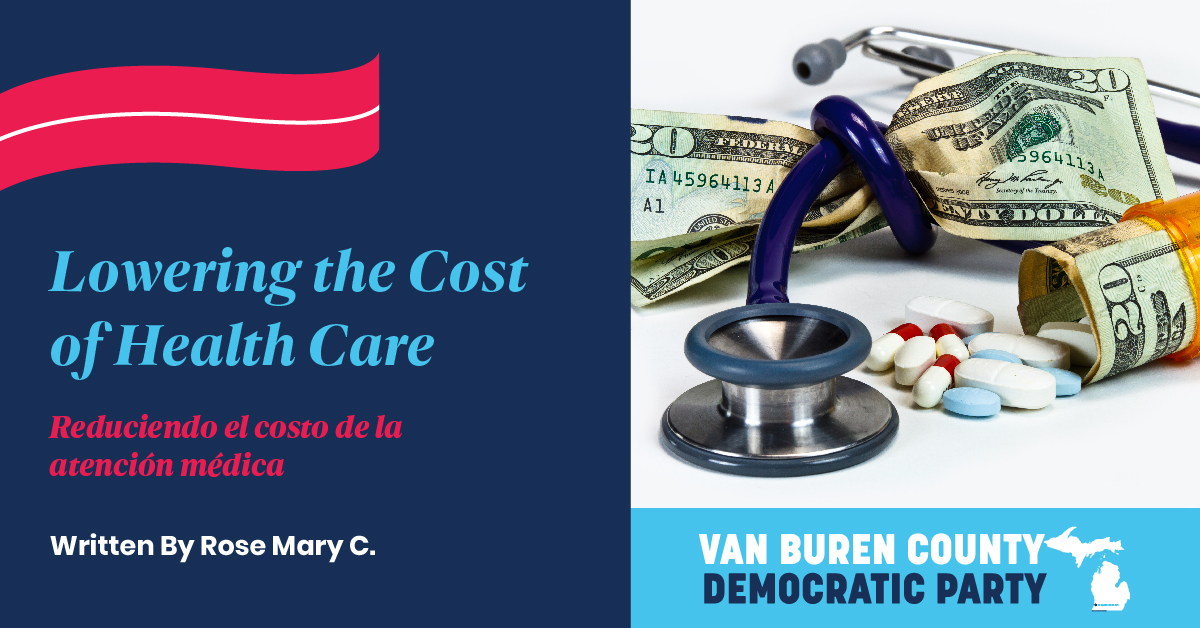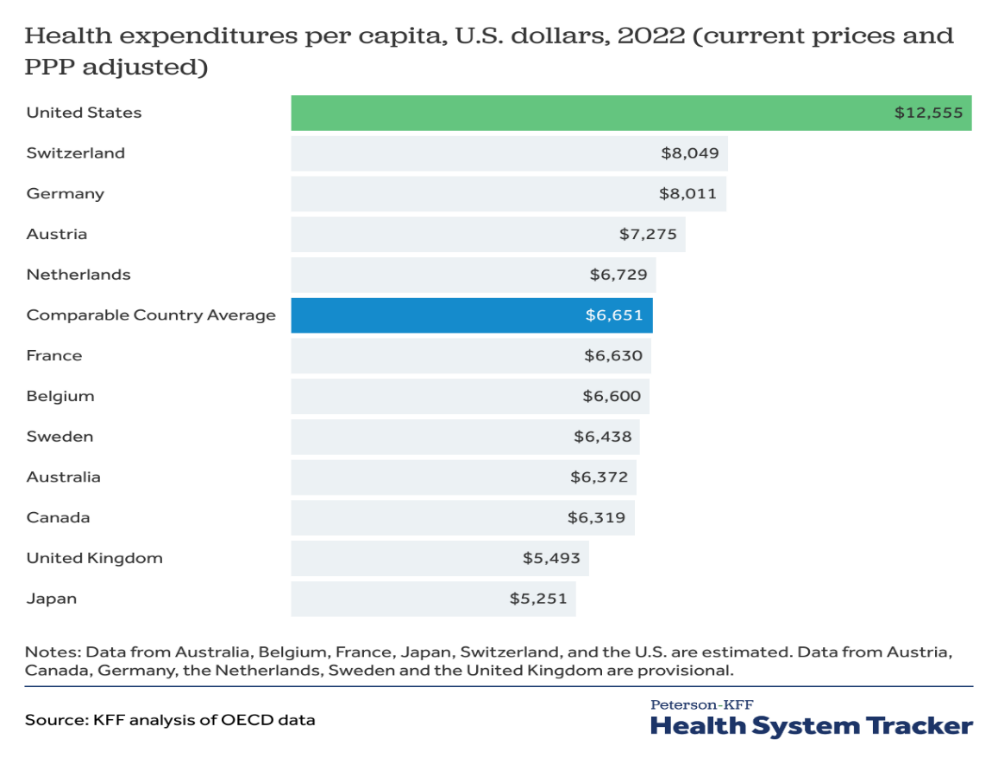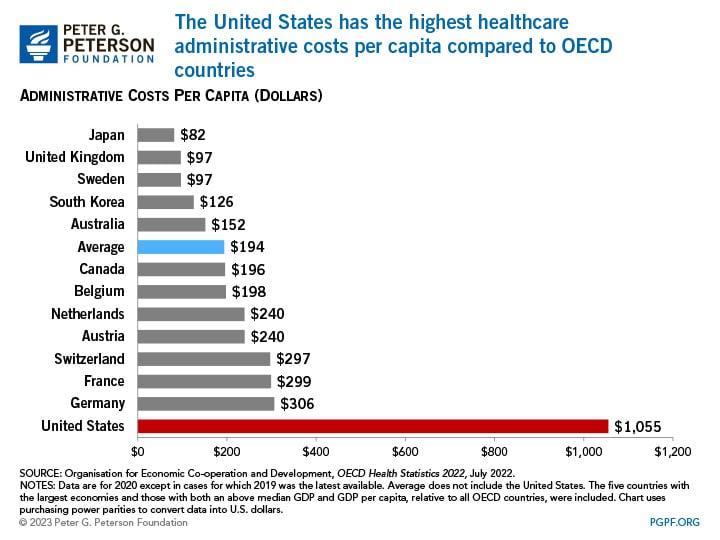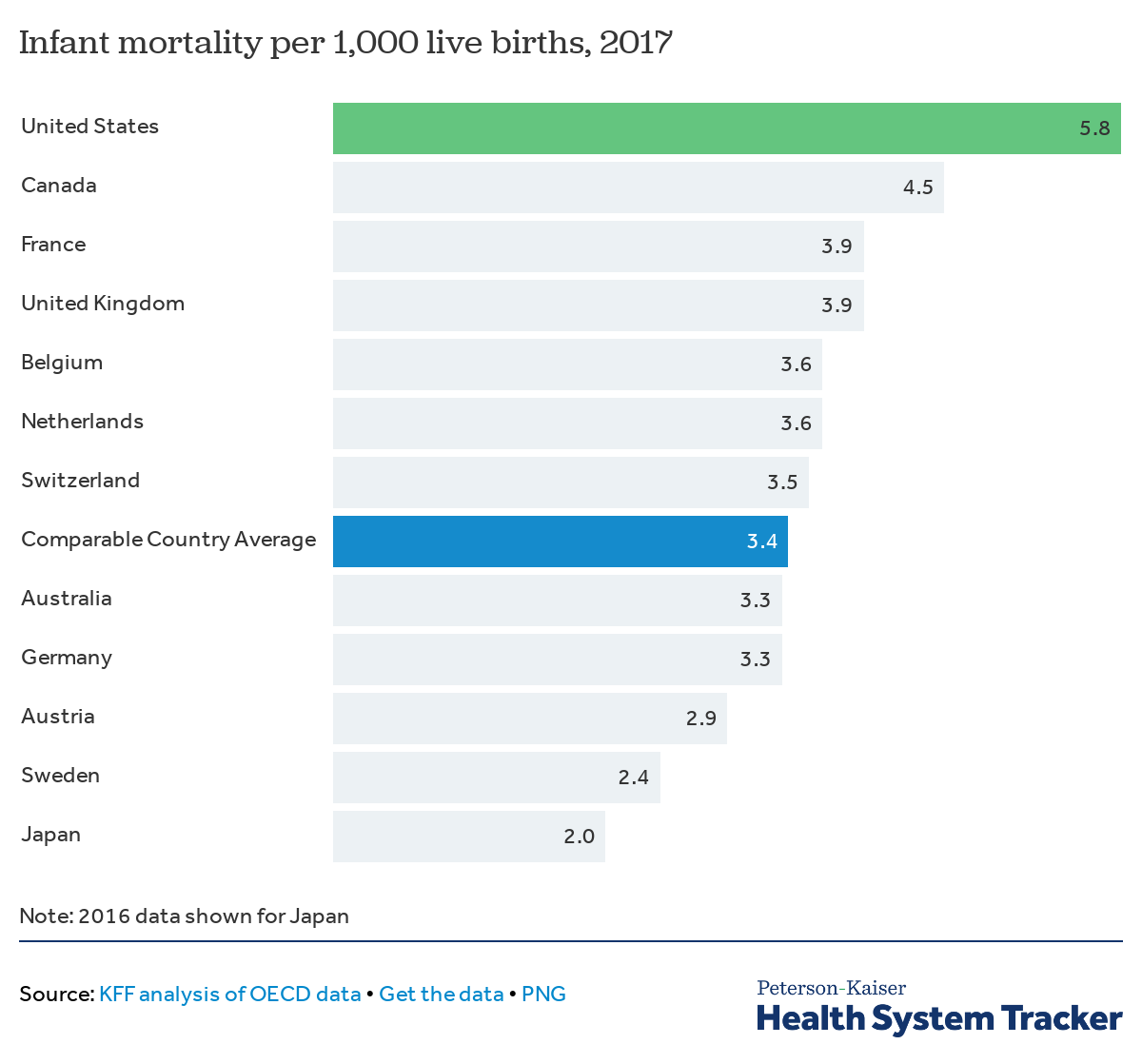
Lowering the Cost of Health Care
Does it come as a surprise that Americans don’t have the best healthcare in the world? In fact, U.S. Citizens don’t even have mediocre healthcare and the reason we don’t is because of the healthcare system itself!
For the United States to be able to provide the best predictive, preventive, treatment and end-of-life services, our only choice is to have “Medicare for All” or a single-payor system which lowers the cost and encourages access to healing care.
What does it mean to have the best healthcare in the world?
The best healthcare is defined by a variety of criteria:
- Lowest number of preventable deaths,
- Access by the greatest number of people regardless of gender, income or geographic location,
- Lowest rate of infant mortality
When these are considered, the USA ranks as one of the worst performing countries in the world…even though we spend about 18% of our Gross National Product on healthcare. That’s by far the highest amount spent on healthcare in the world. As a matter of fact, by comparison to other countries, we spend almost TWICE the amount of money per person than all comparable countries.
One reason for the high expenses is the administrative cost of having multiple payers (insurance providers) with different company requirements.
- Claim management, coding, deductibles, prior authorization…all add a tremendous amount of cost to each transaction.


How about Outcomes?
Given the amount of money spent, our outcomes do not reflect the enormous difference in costs between the U.S. and other countries.
Infant Mortality: One reason for infant mortality is low birth weight (below 5lbs 8oz) and that can be traced back, many times, to the health of the mother who failed to get proper pre-natal care. This condition affects blacks, the young (under 17) and those who are older 35+.
- The US ranked 54th in the world in infant mortality (death rate before the infants first birthday) with 5.6 deaths per 1000 live births in 2023 which is an improvement from 5.8 in 2017.
- The average comparable country’s average is 2017 was 3.4.

Life Expectancy
Another disappointing statistic is the US Life expectancy versus peer group nations.
- In 2023 life expectancy at birth in the US was 78.4 years while in comparable countries it was 82.5 years.
- Surprisingly, every state fell below the average for comparable countries. (A look beneath the raw numbers tells a bit more of the story. Gun violence, substance abuse, car accidents and obesity kill off more people under the age of 70 in the US versus peer countries. That accounts for some of the difference.)
The Reasons
This article from the Harvard Business Review outlines the reasons in greater detail but here are the highlights:
https://hbr.org/2024/11/why-the-u-s-healthcare-system-is-so-much-worse-than-its-peers
INSURANCE COVERAGE
We still have too many people who are uninsured. American states with the highest life expectancy have uninsured rates of 3% to 6% versus 8% for those states with the lowest life expectancy. In other countries the uninsured rate is zero.
QUALITY OF COVERAGE
High coinsurance, deductibles and out of pocket expenses make preventative and early intervention medical treatment out of reach for many people. US States that have better outcomes have lower out of pocket expenses.
By comparison, countries around the world have lower or zero out-of-pocket expenses. The Netherlands is capped at $417. In Germany the amount is capped at 1% or 2% of the family income. In the UK care is free at the point of service. These expenses keep people away from receiving predictive and preventive care (wellness) as well as treatment when they are ill. This lowers the number of individuals accessing the system.
LACK OF PRIMARY CARE
Only about 87% of American say they have a regular source of care versus 90% of people in other high-income countries. Primary care doctors play a critical role as the first line of defense. In the US their role is complicated by the amount of paperwork they must complete in order for their patients to receive the care they need.
CONCLUSION
Access to health care means preventative care. Preventative care means lower health care because issues are caught early. A single-payer health systems lowers costs and increases access to health care for everyone.
Author: Rose Mary C.
